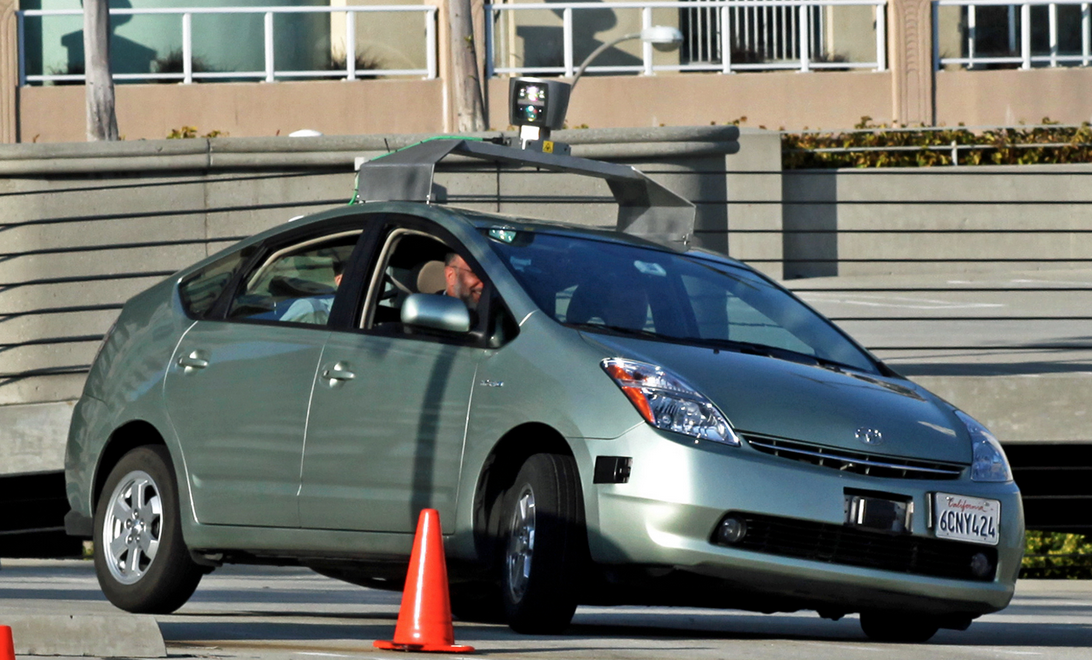California Roadmap Sees Self-driving Cars in 2017
California regulators have unveiled a roadmap that would let consumers begin using self-driving cars, though manufacturers would have to prove the emerging technology is safe before a licensed driver could get chauffeured around town.
The approach California’s Department of Motor Vehicles offered recently in precedent-setting draft regulations is cautious, though it does allow that Californians could be behind the wheel of a self-driving car by 2017.
Among other safety-related requirements, the cars must have a steering wheel, and a licensed driver must be ready to take over if the machine fails.
Makes sense, right?
Google, which is pushing to get cars without a steering wheel or pedals to consumers, expressed “grave disappointment” with the rules, which the tech giant said would slow deployment of technology with huge life-saving potential.
Though no manufacturer has said it thinks the cars are ready just yet, at least a dozen are developing the technology. Google has suggested a model could be ready for limited use sooner than the public expects. In September, the safety chief of its self-driving car project, Ron Medford, said the technology is “close to working pretty damn well.”
Interesting choice of words.
In any event, California’s go-slow approach could benefit Texas, which this summer emerged as a competitor in the deployment of self-driving cars when officials in the capital city of Austin welcomed Google prototypes for company-sponsored testing.
Under California’s framework, manufacturers would receive a permit for three years, during which time consumers could lease the cars but manufacturers would be required to keep tabs on how safely they are driving and report that performance to the state.
Before the DMV grants that three-year permit, an independent certifier would need to verify a manufacturer’s safety assurances. Google and traditional automakers advocated for manufacturer self-certification of safety, the standard for other cars.
Drivers would need special, manufacturer-provided training, then get a special certification on their licenses. If a car breaks the law, the driver would be responsible.
Though the timeline for public access is squishy, in principle the DMV could finalize the rules and a manufacturer could satisfy the safety requirements as early as 2017.
That said, many believe the draft rules will likely postpone the technology’s roll-out in California.
Category: Connected Fleet News, Featured











